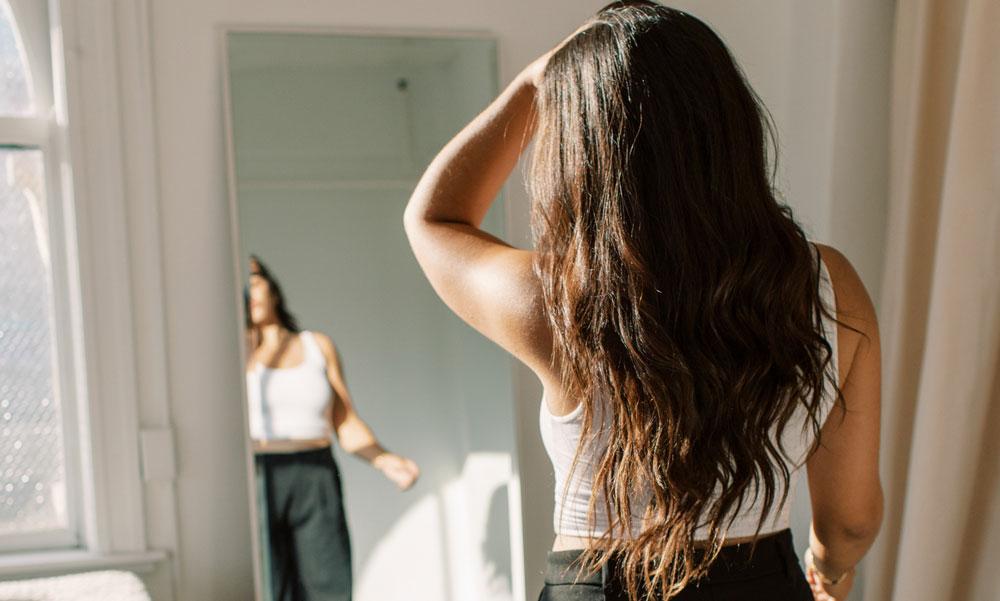This box-dye hair conditioner article is part of our Shop The Street series. Our editors curate collections of new and noteworthy products (and let you know why you should add to cart). Know, though, when you buy something through our retail links, we may earn an affiliate commission. Tap for more info.
I can feel the effects of box-dye conditioner before my hair is styled or towel-dried. Just after a few minutes of conditioning my hair, it feels gloriously thick and smooth. I’ve taken the list of ingredients found in it with me to the shampoo aisle at the drugstore, playing matchmaker with other conditioner ingredients. I even narrow in on the ones that promise me “smoother,” “hydrating,” “anti-frizz,” “intensive,” “nourishing.” When those didn’t work, I went the “treatment” route with serums, masks, elixirs, tonics, and oils. Those pricier formulas don’t always stand up against that mini tube in the $20 at-home dye box (even less when it’s on sale). Why is this conditioner so damn good, and why can’t I just buy it on its own? Or am I left to leave a third of the tube for special occasions and for times when I just need a good hair day, dammit?
A break from breakage: The DIY on how to repair damaged hair.
What are the ingredients in box-dye conditioner? Can I find it in a regular conditioner?
So, I ended up down an internet rabbit hole, finding sus sellers on eBay and Amazon, selling single tubes sans dye. There are Reddit and Quora feeds dedicated to the topic, discussing the levels of silicone in the boxed-dye conditioners being so high (some say 10% others say 99%) and regular conditioners so low, which full-sized conditioners come close to and why using box-dye conditioner on the reg could be bad for our locks.
I decided to go straight to the source: Genevieve Zimanyi, Clairol’s brand manager. I cornered her at the Canadian launch event for the Nice’N Easy Pure Brunettes line that, and I’m quoting the box, “includes conditioners at every step!” (Stop flirting with me, box-dye conditioner!).
“It has amino silicones, as well as chelants, which provide a caring, protection and damage benefit to the hair,” she tells me via email later about the Nice’N Easy Revitashine Intense Treatment (the conditioner popularly, also known as “step 3”). “More recently, the addition of malic acid, an organic acid that is capable of bridging between proteins creating hydrogen bonds. When the conditioner is applied after colouring; it works at a lower pH, approximately pH4, to rebalance the pH level and close the hair cuticle.”
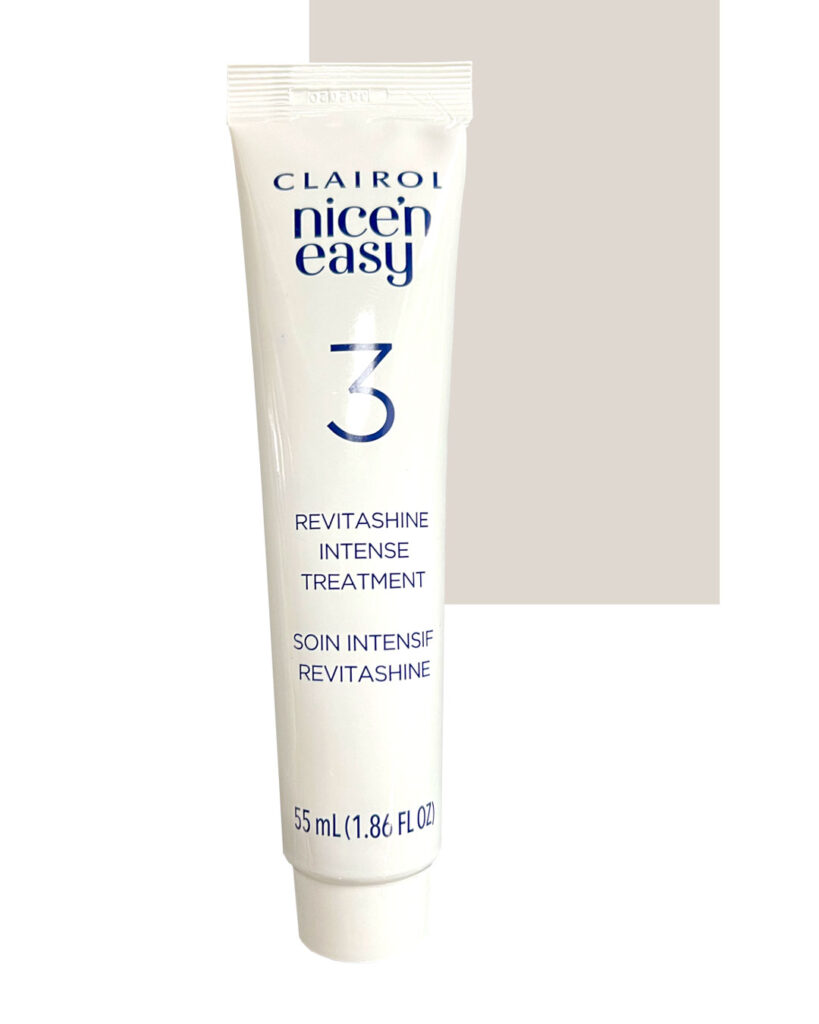
So what’s the deal with hard water and our scalps?
Can you only use box-dye conditioner for recently dyed hair?
Of course, Zimanyi says that’s the point: To use the conditioner created with the dye. That’s how the products are tested and formulated. It’s a spiel I’ve heard from the beauty and health industry before. You know, that you need to use only the range of products from their companies. While the testing and research stuff tends to be true, it’s hard not to feel it’s a pitch for brand loyalty.
Zimanyi tells me the conditioner “is designed specifically to be used after colouring and on coloured hair and the unique combination of ingredients give conditioned, strengthened and smooth hair.”
She points to the trisodium ethylenediamine disuccinate (EDDS) in Nice’N Easy permanent colour cream dye (step 1), which is a chelant that helps stabilize the colour and make dyes permanent. Actually, the serum used in the Pure Brunettes category has it too. Step 3 conditioner “contains a different chelant—histidine. Both of these chelants work exclusively and in combination as a total hair colouring system to provide a caring, protection and a damage benefit to the hair.”
So, if you’re thinking of saving the box-dye conditioner and using your regular conditioner, Zimanyi says don’t. “A regular conditioner is not designed to be used specifically after hair colouring.”
TikTok says long hair is “cheugy”—but know this before you grab the scissors.
What if you want “the look” of freshly dyed hair
That just-done ’do make hair look healthy and strong. So, there are other ways to maintain strong strands. Here are three ways I’ve been doing that:
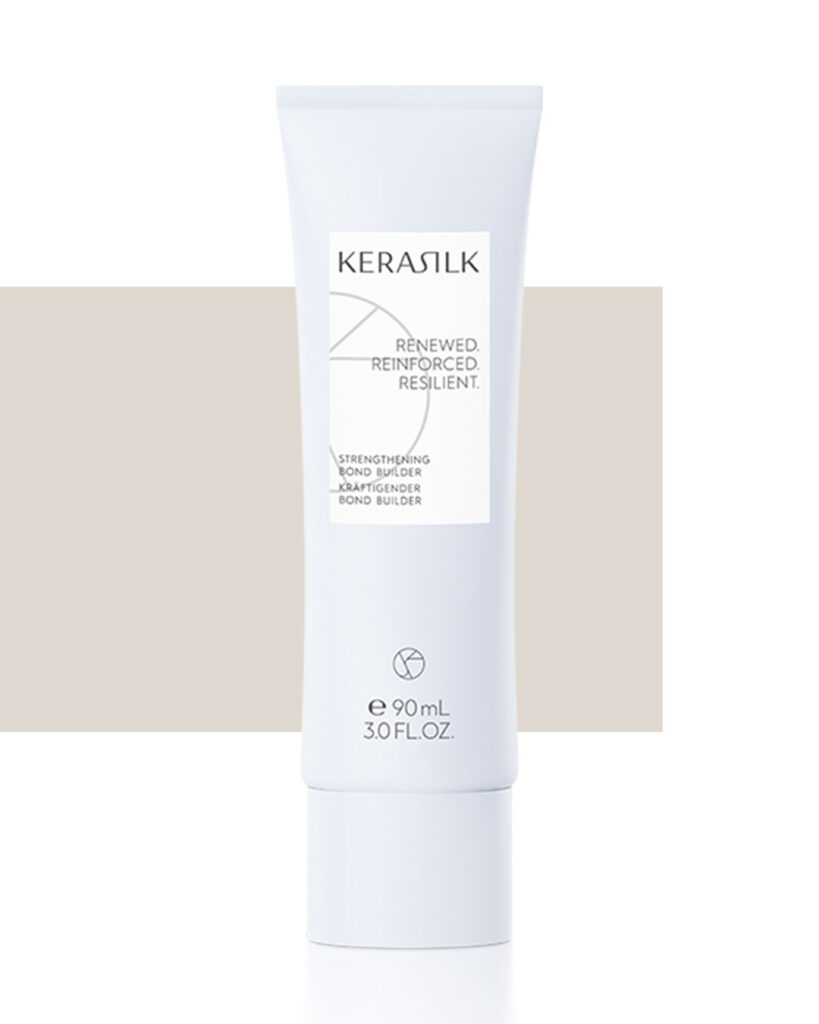
1. Hair strengthener
Superficially, this leave-in repair gel from salon brand Kerasilk makes my hair smell amazing and adds the shine I want. Intrinsically, it’s lightweight, which is good for my thin-ish dyed locks. Speaking of which, it can be used on dry, damaged, brittle, curly and coloured hair.
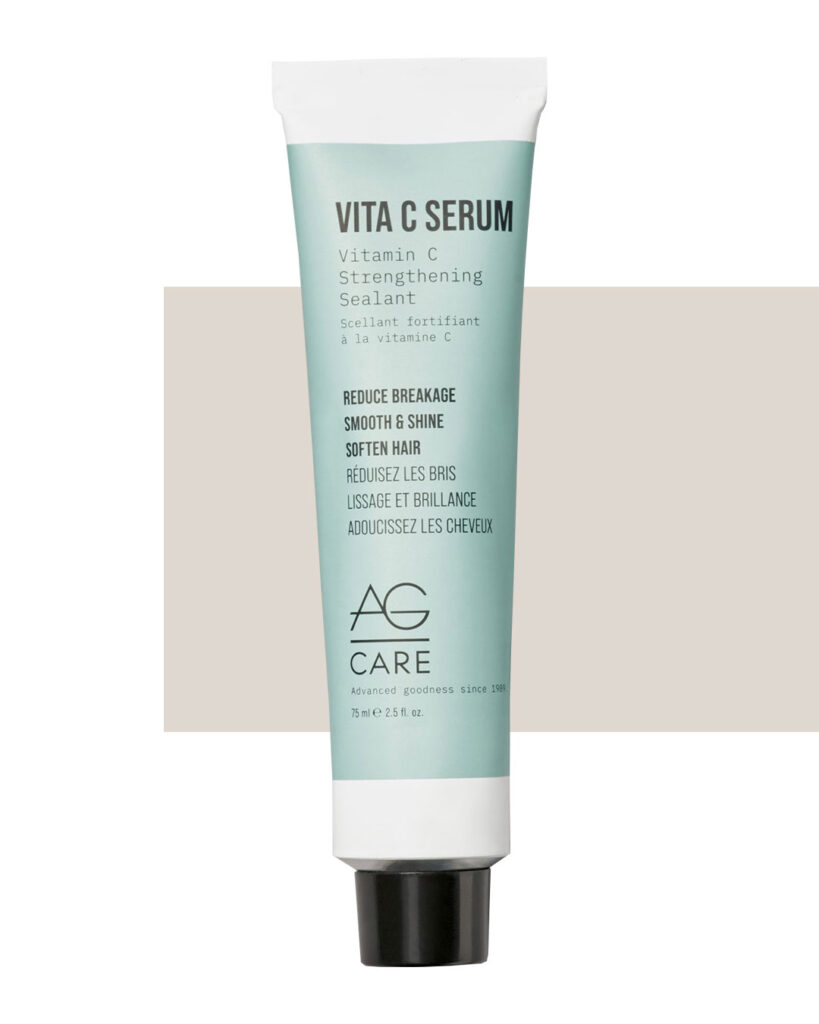
2. Hair smoother and sealant
Just a little dab will do. I mostly use this on rainy days, when the air decides to take over styling my mop. Enter frizz. I don’t mind a touch of that French girl undone look, but this hair serum gives me back some control. It’s free of drying sulfates, and the vitamin C helps boost collagen.
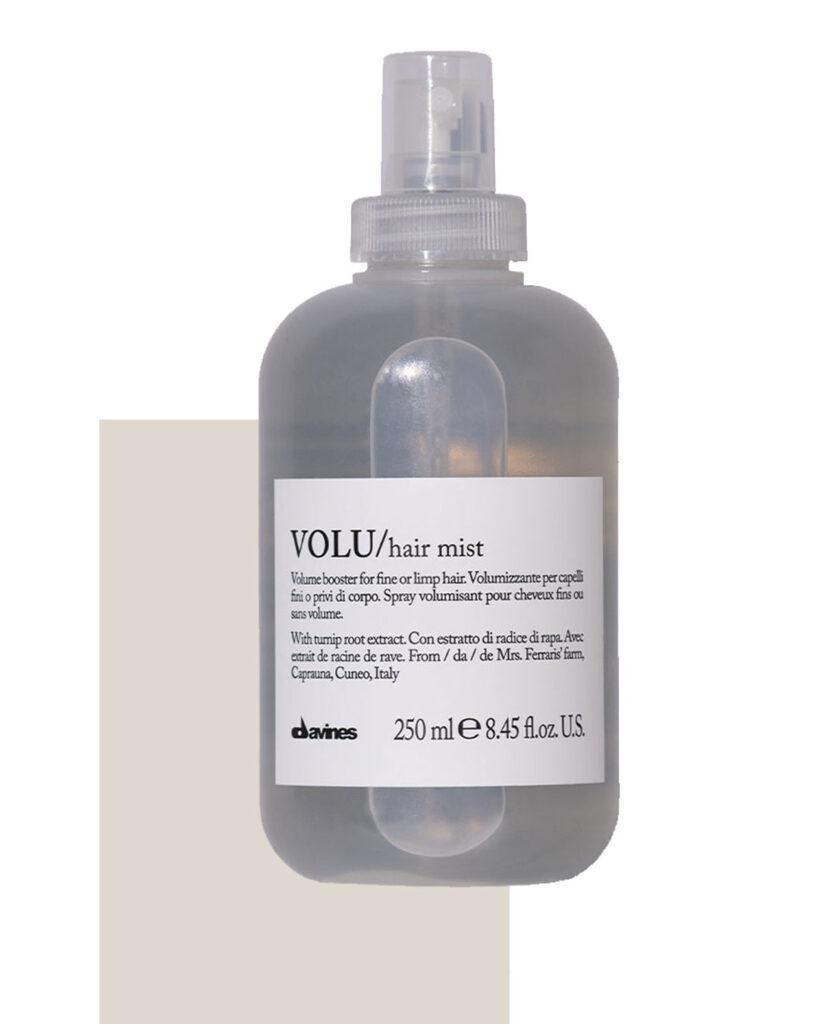
3. Volumizing spray
This leave-in spritz is applied to roots (admittedly I also use it throughout my hair) for a bit of lift and life. I typically avoid volumizers as I find the “extra” product adds a terrible texture and ends up weighing my hair down. But not this stuff. Just a couple of spritz and my hair feels like my hair.

